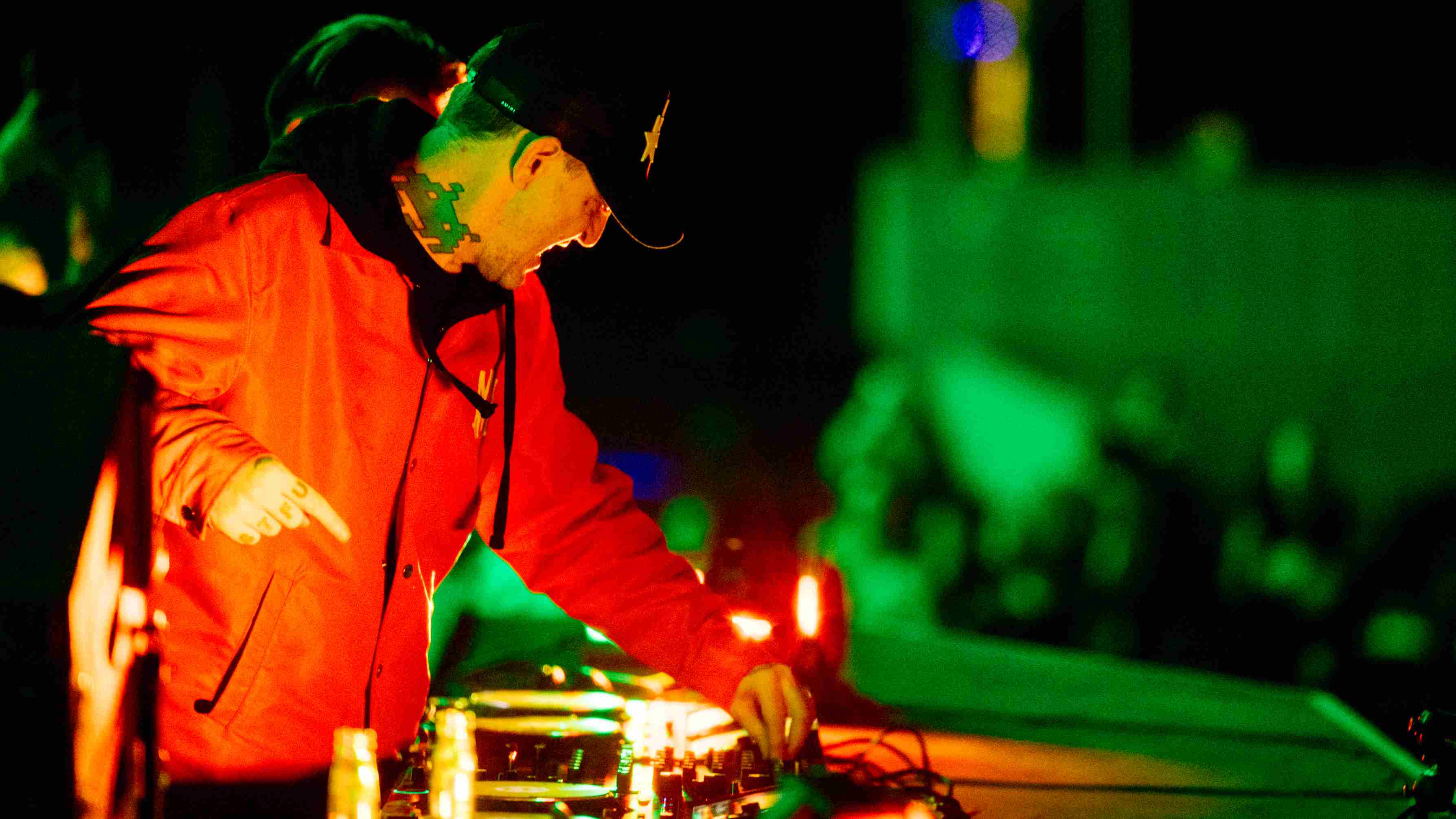New research suggests that silence is something you can actually hear
Team at Johns Hopkins University wanted to address the debate of whether people can hear more than sounds, which they say “has puzzled philosophers for centuries”
"It's not the notes you play, it's the notes you don't play,” Miles Davis is believed to have said, but researchers at Johns Hopkins University are now suggesting that we perceive both in the same way. That’s because they believe that, by using auditory illusions, they’ve demonstrated that silence is something that can actually be heard.
“We typically think of our sense of hearing as being concerned with sounds,” explained lead study author Rui Zhe Goh, a Johns Hopkins University graduate student in philosophy and psychology. “But silence, whatever it is, is not a sound - it’s the absence of sound. Surprisingly, what our work suggests is that nothing is also something you can hear.”
The basis of the team’s research was a well-known auditory illusion, in which people perceive a continuous beep noise to be longer than two beeps of the same cumulative length.
The John Hopkins boffins flipped this and played 1,000 people two periods of silence of equal length, but put a short burst of noise into one of them. Participants were fooled into thinking that the continuous silence was longer. Other silence illusions yielded the same outcomes as their corresponding sound illusions, too.
The researchers say that, because the silence-based illusions produced exactly the same results as their sound-based counterparts, we can conclude that people may hear silence just like they hear sounds. You can try the experiment for yourself via the video above.
“Philosophers have long debated whether silence is something we can literally perceive, but there hasn’t been a scientific study aimed directly at this question,” said Chaz Firestone, an Assistant Professor of Psychological and Brain Sciences who directs the Johns Hopkins Perception & Mind Laboratory. “Our approach was to ask whether our brains treat silences the way they treat sounds. If you can get the same illusions with silences as you get with sounds, then that may be evidence that we literally hear silence after all.”
Whether this will open up a new front in the culture wars - silence believers versus silence deniers - remains to be seen, but we are reminded of John Cage’s 4′33″, a musical work that comprises four minutes and thirty-three seconds of ‘nothing’. Despite this, Cage’s suggestion was that people’s experience of the piece wasn’t silence, but the sound of the environment around them.
Get the MusicRadar Newsletter
Want all the hottest music and gear news, reviews, deals, features and more, direct to your inbox? Sign up here.
Which sort of suggests that, to all intents and purposes, silence doesn’t really exist - there's always something to hear. We’re not going to start debating that here, though; in fact, it’s probably best if we stay quiet on the matter.



I’m the Deputy Editor of MusicRadar, having worked on the site since its launch in 2007. I previously spent eight years working on our sister magazine, Computer Music. I’ve been playing the piano, gigging in bands and failing to finish tracks at home for more than 30 years, 24 of which I’ve also spent writing about music and the ever-changing technology used to make it.









